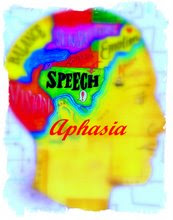March 5, 2012

Maggie Starbard/NPR Ryan Shank-Rowe, 9, takes part in a therapeutic riding program at Little Full Cry Farm in Clifton, Va., last month.
That helps explain the increasing use of animals — dogs and cats mostly, but also birds, fish and even horses — in settings ranging from hospitals and nursing homes to schools, jails and mental institutions.
Take Viola, or Vi for short. The retired guide dog is the resident canine at the Children's Inn on the campus of the National Institutes of Health in Bethesda, Md. The inn is where families stay when their children are undergoing experimental therapies at NIH.
Vi, a chunky yellow Labrador retriever with a perpetually wagging tail, greets families as they come downstairs in the morning and as they return from treatment in the afternoon. She can even be "checked out" for a walk around the bucolic NIH grounds.

Melissa Forsyth/NPR Thelma Balmaceda, age, 4, pets Viola, the resident canine at the Children's Inn on the campus of the National Institutes of Health in Bethesda, Md. Families stay at the inn when their children are undergoing experimental therapies at NIH.
Next............................





0 comments:
Post a Comment